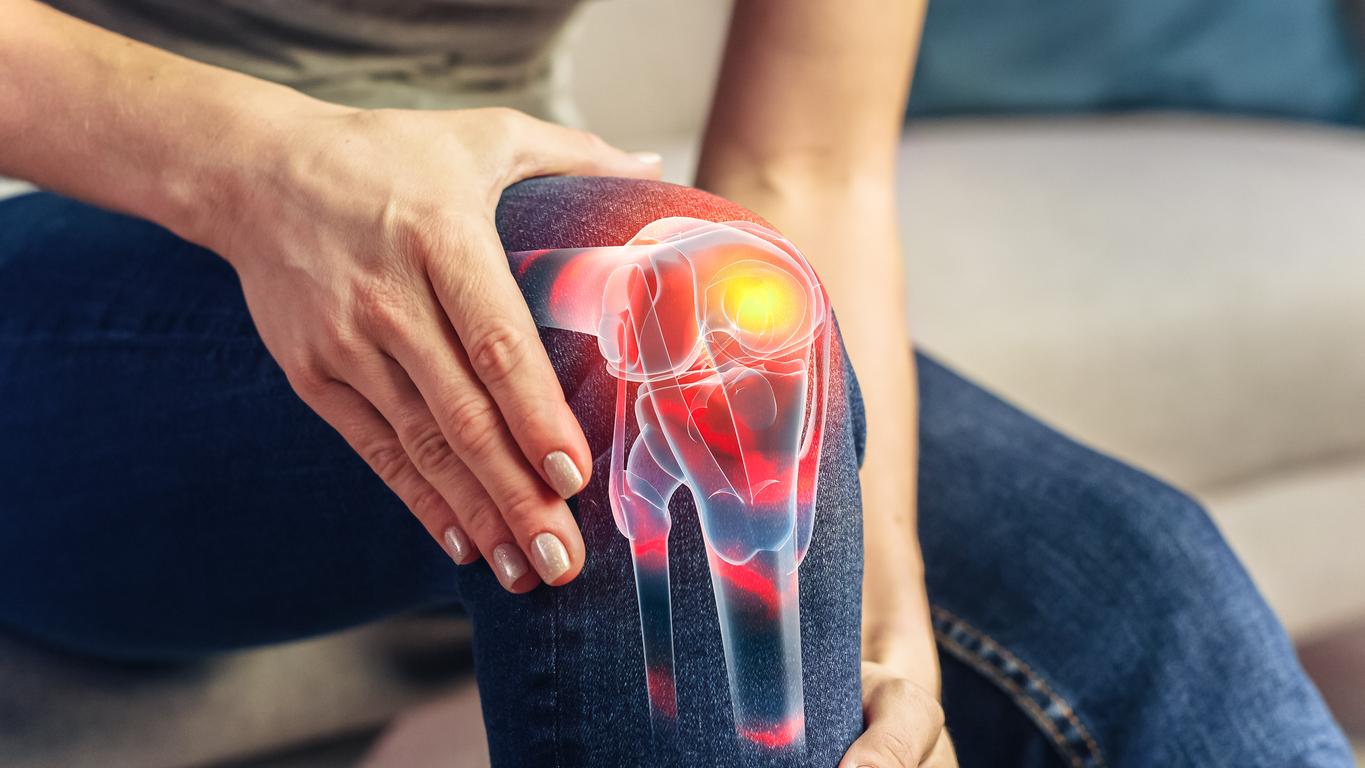A new treatment, based on joint lubrication and currently being used in canine trials, may show promise for humans with osteoarthritis.

Developed by a team of biomedical engineers from Cornell University, this new treatment is a synthetic version of a natural joint lubricant, already present on the surface of the cartilage in the joints. This lubricant acts as a protective cushion during high-impact physical activities, such as running.
“When the production of this lubricant decreases, the contact between the different surfaces of the joint becomes stronger, which ultimately leads to the development of osteoarthritis,” explains David Putnam, professor at the Meinig School of Biomedical Engineering within Cornell University.
For this study, the researchers focused on a specific natural joint lubricant, lubricin, whose production declines especially after traumatic joint injuries, such as a ruptured cruciate ligament.
To understand the interest of the study, it is necessary to know that the knee is lubricated in two ways. There is a hydrodynamic mode of lubrication, which takes place when the joint moves rapidly but there is no force acting on it. In this case, the joints are lubricated via compounds such as hyaluronic acid (HA), thick and sticky, like gasoline. Many components of this type are on the market and have been approved to treat malfunctions of hydrodynamic lubrication.
A synthetic polymer to overcome the lack of lubricin
But this mode of lubrication does not work when there is pressure that pushes the joint down, such as when running or jumping. In this case, the components like the HA are pushed outwards from the joints and a so-called limit mode of lubrication is set up.
This is where lubricin comes in and acts on the surface of the cartilage. This joint lubricant contains sugars and water to protect against external forces acting on the knee.
To overcome the lack of natural lubricin, Cornell researchers have developed a synthetic polymer that mimics the function of lubricin and is easy to produce. “We are carrying out clinical trials on dogs with osteoarthritis, explains Professor David Putnam. Once these canine trials are completed, we will be in a good position to bring this new veterinary treatment for osteoarthritis to market.”
Further studies are needed, but this treatment will surely be tested for marketing, as was the case for the AH components.

.















